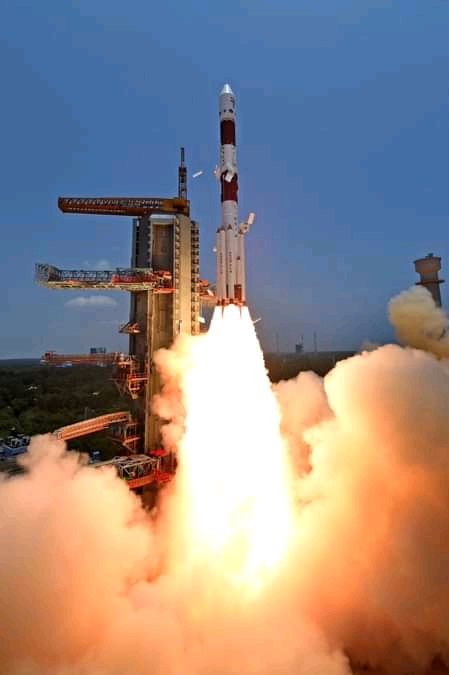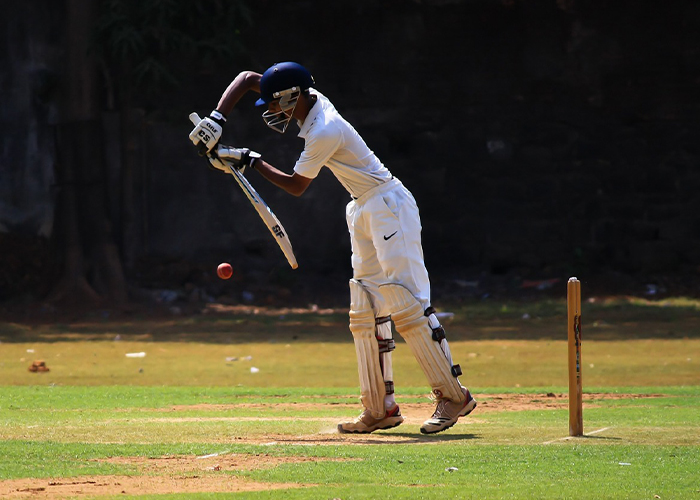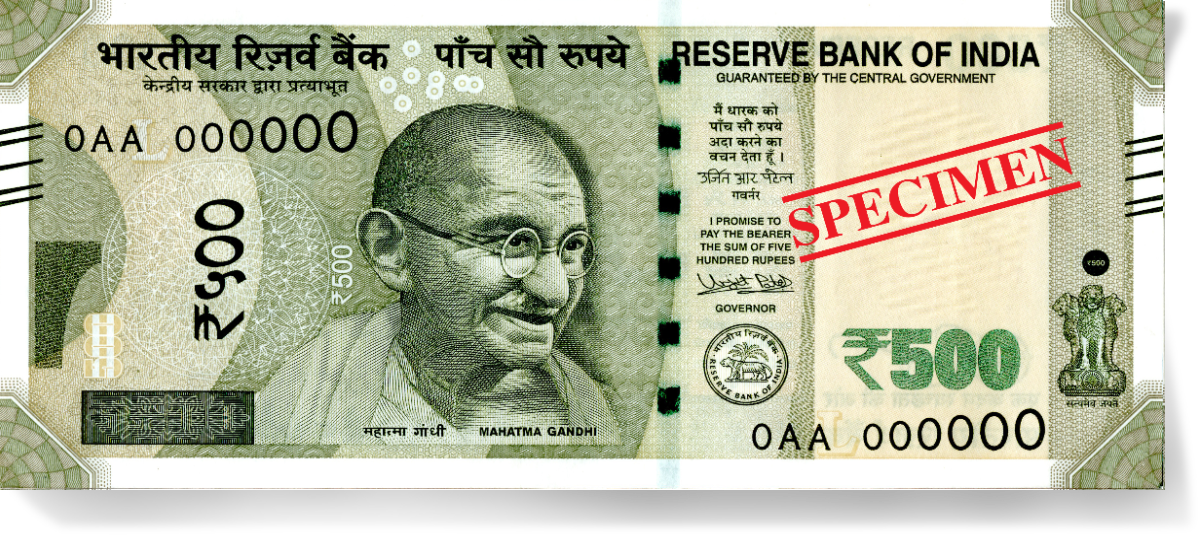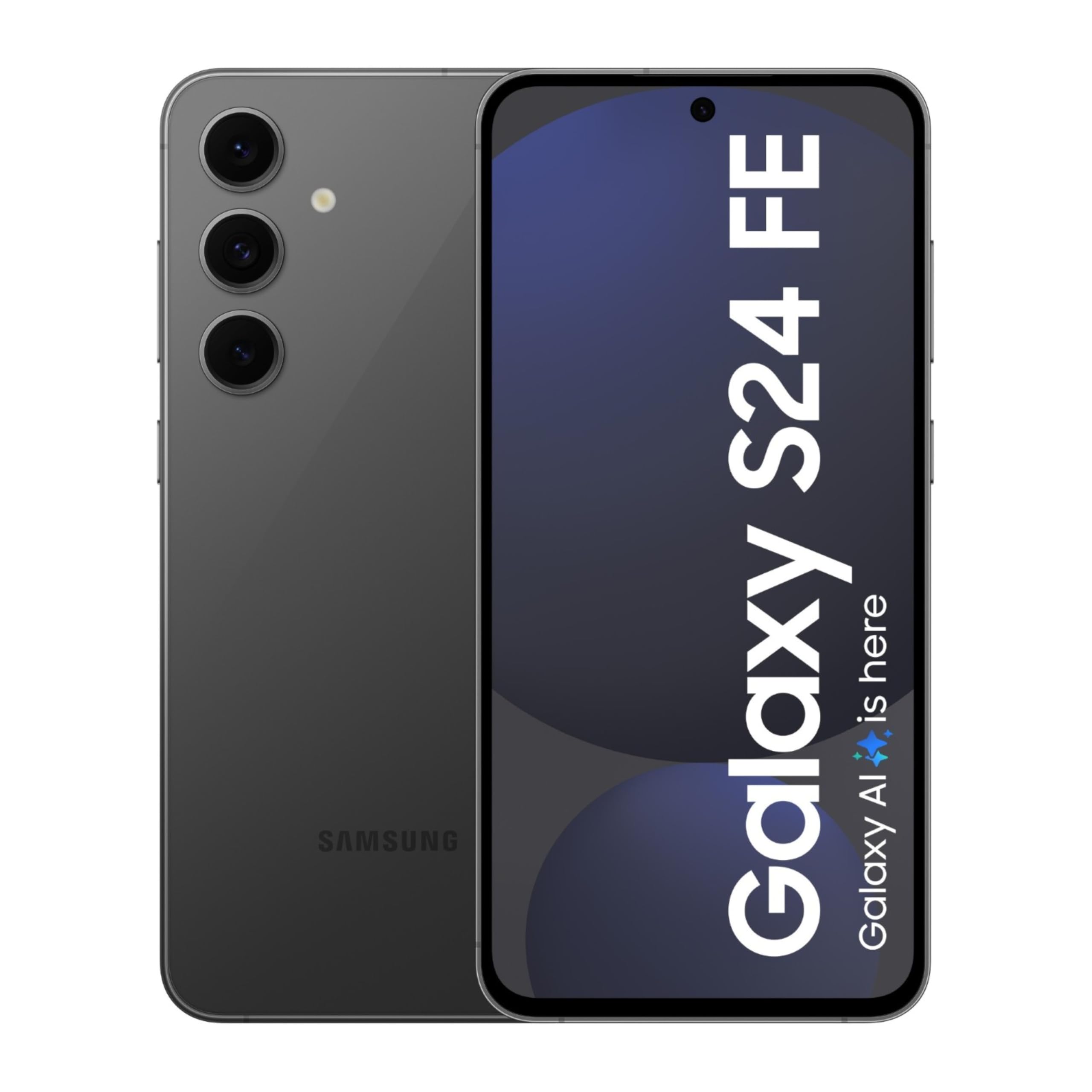Surprisingly India continues to stable its capacity in space through successful space ventures.
After it's successful lunar mission,India has been able to launch it's ever first solar craft
Aditya-L1 towards the Sun on Saturday by PSLV-C57 rocket.
It is a very positive output of India's long preparation on launching a satellite mission in space to research several facts regarding various solar frequentations.
And Aditya-L1 has been designed to fulfill this multipurpose mission.
Aditya-L1 (brief details) :
It is the Indian indigenously designed spacecraft developed for the comprehensive observation of the Sun.
It includes total 7 distinct payload onboards-- a collaboration of ISRO and Indian Academic Institutes.
5 payloads are directly done by ISRO and the rest 2 are by IAI.
The 7 payloads onboards of Aditya-L1 are as follows :
1) SUIT (Solar Ultraviolet Imaging Telescope)
2) SoLEXS (Solar Low Energy X-ray Spectrometer)
3) VELC (Visible Emission Line Coronagraph)
4) PAPA (Plasma Analyzer Package for Aditya)
5) ASPEX (Aditya Solar Wind Particle Experiment)
6) HEL1OS
(High Energy L1 Orbiting X-ray Spectrometer)
7) Advanced Tri-axial High Resolution Digital
Magnetometers.
This maiden Indian space based observatory of the Sun successfully launched from the Satish Dhawan Space Center,Andhra Pradesh at 11:50 a.m.
And with this successful landmark,India inched one step ahead more to complete its first solar expedition.
ISRO launched PSLV C-57 carried the Aditya-L1 on a 125 days space journey to set it into the target orbit of the Sun.
Aditya-L1 will stay in the Earth orbit for 16 days.During this time-span it will undergo 5 manoeuvres to gain the required velocity for its long space voyage.
After completion of aprox 4 months Journey, Aditya-L1 will be placed on the L1 point in the halo orbit around the Sun.
Approx 63 minutes after launching Aditya-L1 separated from the PSLV-C57 rocket in a highly eccentric orbit around the earth at 12:53 p.m.
This is one of the longest flights of ISRO's launching craft in the Indian space vehicle launching history.
Whereas PSLV-C57 is the 59th flight taking off from the launching pad with the Aditya-L1 onboard.
It has been designed to continue the remote observations of the solar wind from the Sun-Earth Lagrangian orbit which is about 1.5 million kilometers away from the earth's surface.
During its 5 years mission life of Aditya-L1, its 7 payloads will deliver the most vital datas to understand comprehensively the problems of pre-flair and flare activities and their characteristics,coronal mass ejection,coronal heating, propagation of particles and dynamics of space weather etc.
On Friday,ISRO cleared the fact that as the sun is a gigantic fireball Aditya-L1 can't land on the solar surface and even not approach it from any closer distance.
ISRO Solar Mission Aditya-L1 at a glance :
1) The rocket PSLV-XL that escorts the Aditya-L1 spacecraft to the solar orbit.
2) Aditya-L1 will cover up to 15 lakh kilometers distance from the earth to the L1 orbit that is only 1% path coverage where the total sun to earth distance is approx 15 Cr. Kms.
3) Aditya-L1 will cover more than 4 times distance than of India's lunar craft Chandrayaan-3.
4) The sun-earth Lagrangian orbit has been fixed up as the ultimate destination point for Aditya-L1 to stay in.
If it crosses its targeted distance limit then Aditya maybe pulled towards the Sun by the strong solar gravitation force that will lead to its burning down to ruin due to the solar overheat as the internal temperature of the sun is about 5,500°C and no such metal invented till now to resist so much high temperature.
5) The L1 point where Aditya-L1 has been aimed to be set on is called "Lagrangian point".
In this point, the gravitation force of both the Sun and the Earth remain balanced.
6) Aditya-L1 will use it's LAM engine (Liquid Apogee Motor) to perform orbital manoeuvres to reach into the L1 point of the Sun.
7) Aditya-L1 will function as a Space Research Center of ISRO that will deeply observe and study on the sun and provide various new solar informations.
8) Aditya-L1 will circle around the Sun for nearly about 5 years.
9) Aditya-L1 will take more than 4 months to reach upto the L1 orbit of the Sun.
Afterall it is to be noted that NASA and ESA (European Space Agency) are only two agencies to set up their observatories before ISRO at the L1 orbit existing between both the earth and the sun.


























